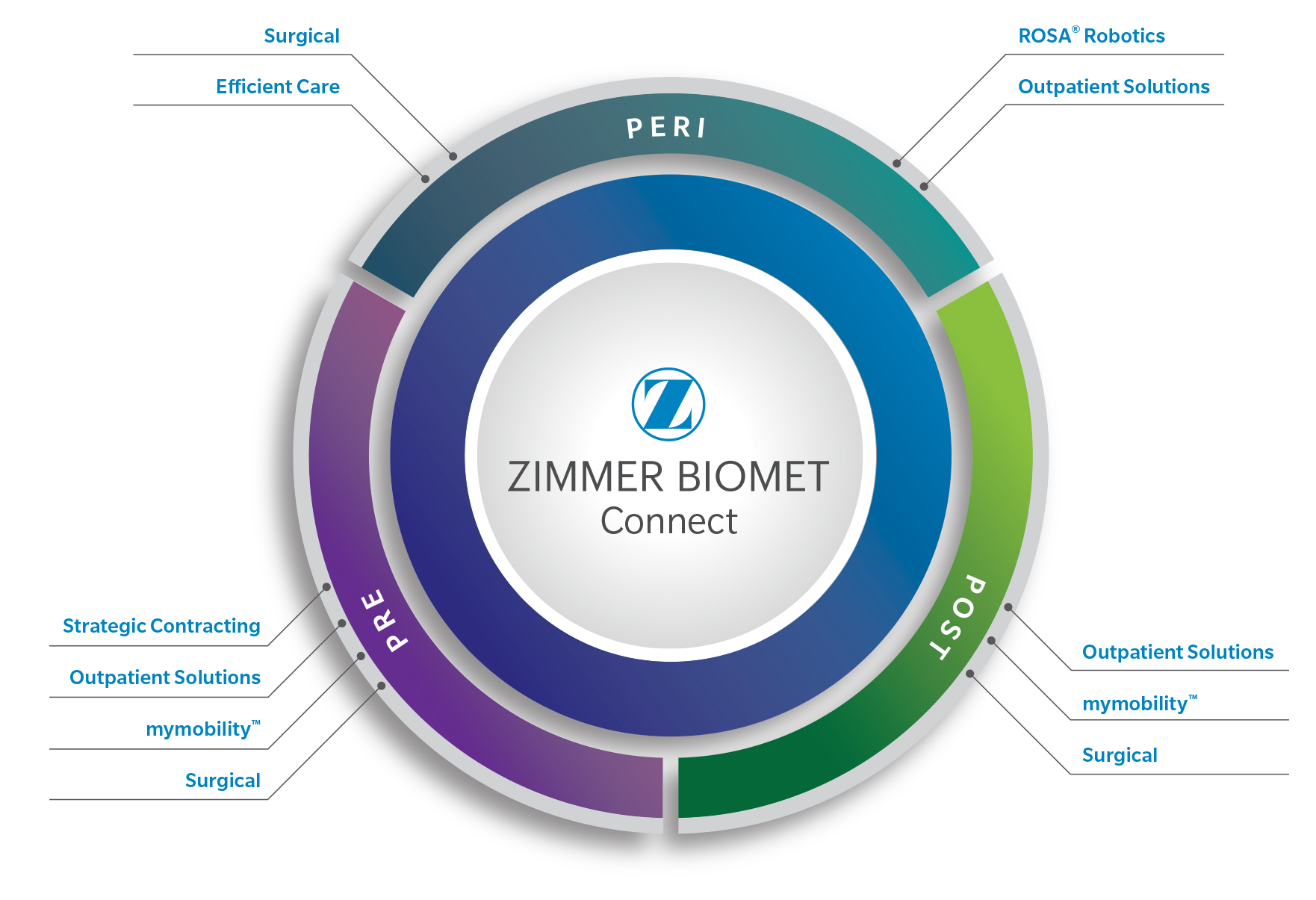Trabecular Metal Material
Trabecular Metal is a unique, highly porous biomaterial made from
elemental tantalum with structural, functional and physiological
properties simlar to that of the bone.5
- 100% open pore structure and up to 80% porosity, creates an
oseoconductive scaffold5,6
- Pore structure
supports vascularization and bony ingrowth5,6
- More than 19 years of successful clinical use with over 320
peer-reviewed journal publications17-19
Polyethylene Technologies
Zimmer Biomet’s highly crosslinked
polyethylene-Longevity® has demonstrated more than 13 years
of clinical success.7 In in vitro studies, longevity showed
a near zero wear rate that was lower than competitors’ polyethylene.2
Built on the legacy of Longevity, Vivacit-E Highly Crosslinked
Polyethylene includes antioxidant protection to meet the long-term
performance needs of high-demand patients.
-
Exceptional Oxidative Stability: The oxidative stability of
Vivacit-E HXPE is the result of a proprietary process that grafts
(locks) vitamin E directly to the polyethylene
chain.12-15 Vitamin E continuously stabilizes the
material to prevent oxidative degradation of the polyethylene. When
subjected to accelerated aging for 33 weeks (more than 16 times the
industry standard) Vivacit-E HXPE showed no signs of oxidation or
significant decline in mechanical properties.8
-
Ultra-low Wear: The ultra-low wear rates of Longevity liners
have been well established with over 13 years of clinical
history.7 In tests on 2 week-aged 40 mm articulation size
Vivacit-E liners and Longevity liners, Vivacit-E liners showed
ultra-low wear rates comparable to Longevity liners.9 To
prove Vivacit-E HXPE’s long-term ultra-low wear properties, a wear
test was run out to 100 million cycles, providing Vivacit-E has
ultra-low wear properties even after long-term simulator
testing.16
-
Improved Strength: There are many tests to define a
material’s strength. Zimmer Biomet has realized an improvement in
tensile strength with Vivacit-E HXPE. Vivacit-E HXPE has antioxidant
protection that eliminates the need to re-melt the polyethylene,
leading to an improvement in strength. The vitamin E in Vivacit-E
HXPE prevents oxidation, resulting in mechanical strength that is
retained after accelerated aging in more than 16 times the 2-week
industry standard test according to ASTM F2003.10,11





